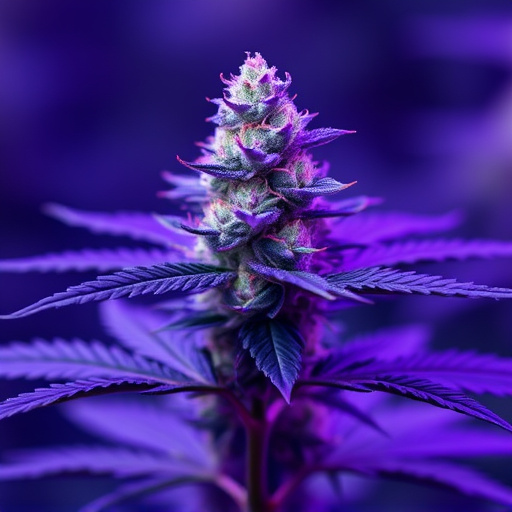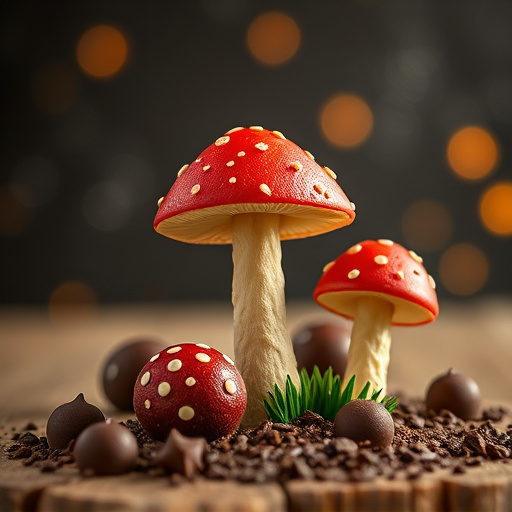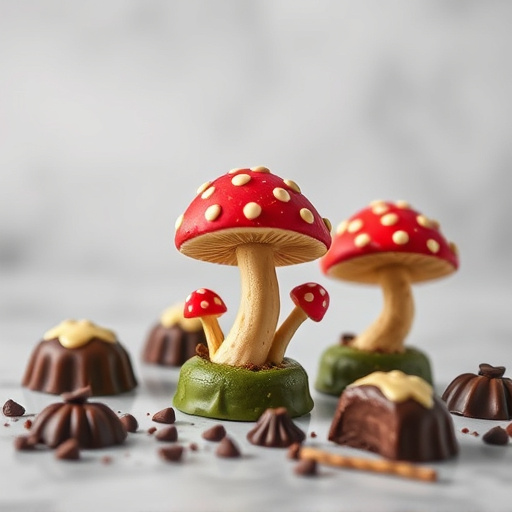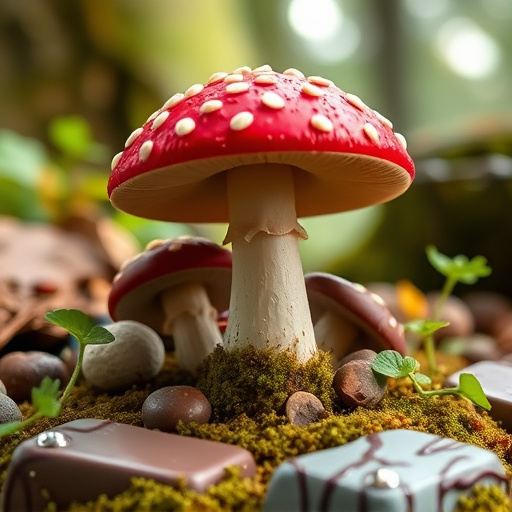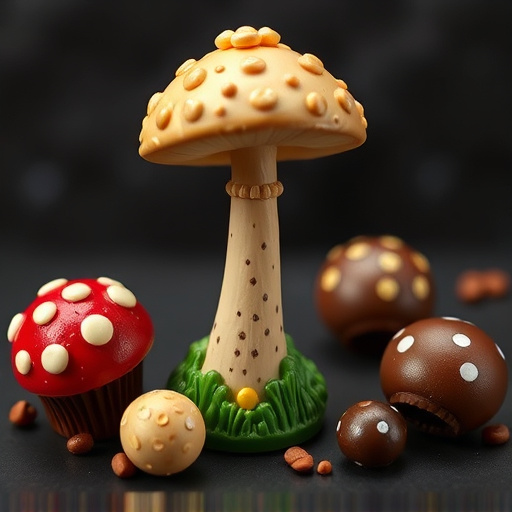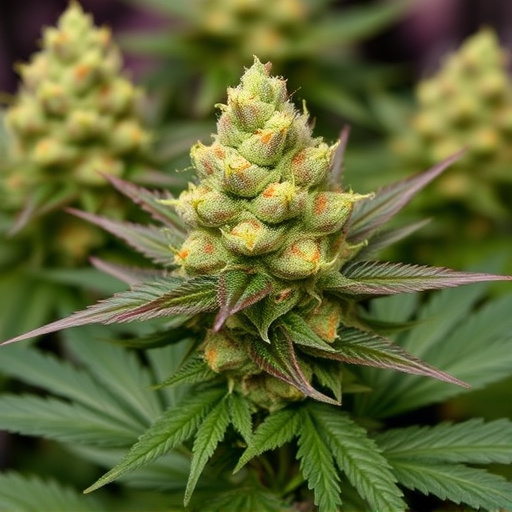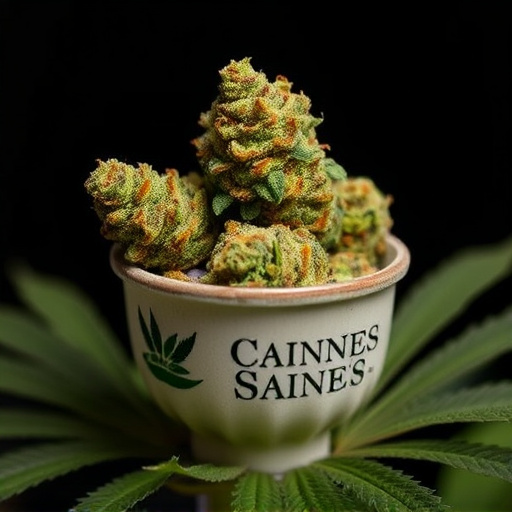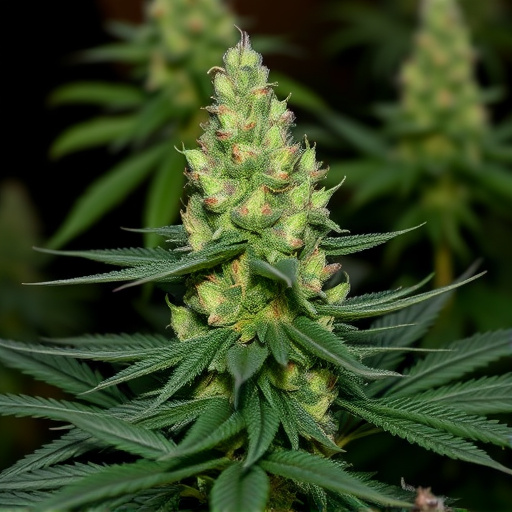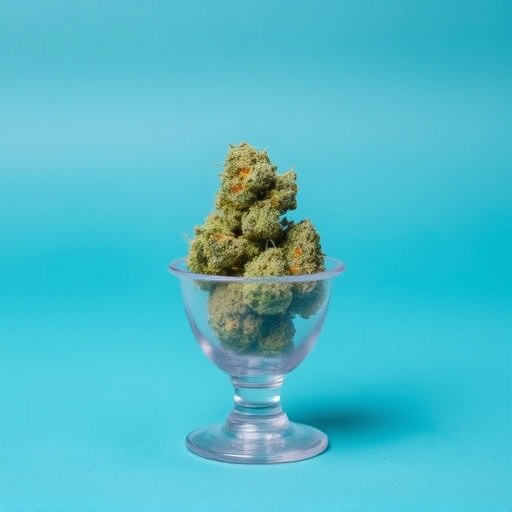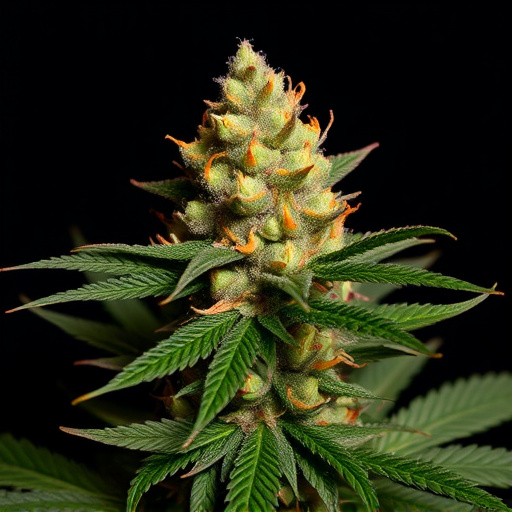The diverse visual characteristics of cannabis cup strains are driven by their genetic makeup, which influences leaf shape, density, cannabinoid distribution, and overall structure, ranging from compact to airy. Temperatures play a crucial role in cultivating desirable traits during vegetative growth and near harvest, impacting plant maturity and flower resin content. Breeders manipulate temperature as a strategy to create distinctive cannabis cup strains, enhancing resin richness and visual appeal for competition-focused growers.
Cannabis enthusiasts often judge a strain’s quality by its appearance, but what factors into these visual characteristics? This article explores two key influences: genetics and temperature. We delve into how genetic diversity drives the stunning visual variety of cannabis cup strains, while examining the profound effect temperature has on everything from bud structure to color. Understanding their interaction is crucial for cultivators aiming to craft award-winning cannabis cup strains that captivate both eyes and senses.
- The Role of Genetics in Cannabis Cup Strains: Unlocking Visual Diversity
- Temperature's Impact on Cannabis Appearance: From Growth to Harvest
- Understanding the Interaction: How Genetics and Temperature Shape Cannabis Cup Strains' Aesthetics
The Role of Genetics in Cannabis Cup Strains: Unlocking Visual Diversity
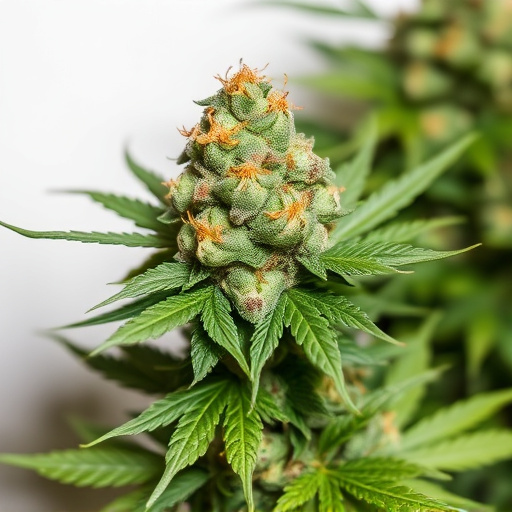
The genetic makeup of cannabis plants plays a pivotal role in shaping their visual characteristics, particularly when it comes to the diverse array of Cannabis Cup strains. Each strain boasts unique traits, from vibrant green hues to contrasting trichome patterns, all dictated by its genetic code. These inherent variations allow cultivators and enthusiasts to celebrate the rich visual diversity that exists within the cannabis species.
Genetic factors influence traits like leaf shape, density, and the distribution of cannabinoids and terpenes, which contribute to the overall aesthetic appeal. For instance, some strains may exhibit more compact, dense buds with thick trichomes, while others showcase looser, airy structures. This genetic diversity ensures that Cannabis Cup events not only celebrate the therapeutic potential of different strains but also provide a visual feast for judges and spectators alike.
Temperature's Impact on Cannabis Appearance: From Growth to Harvest

Temperature plays a pivotal role in shaping the final appearance of cannabis plants, from their growth stages to the moment of harvest. In controlled environments, breeders and cultivators meticulously monitor temperature to optimize plant development and enhance specific traits desired in various cannabis cup strains. During vegetative growth, cooler temperatures can stimulate bushier, compact growth patterns, while warmer conditions encourage stretching and longer internodes. This effect on stem flexibility and leaf density significantly impacts the overall aesthetics of the plant.
As cannabis plants approach maturity and prepare for harvest, temperature adjustments become even more critical. Lowering the temperature during the final weeks can trigger a natural process called senescence, where leaves change color and eventually fall off, revealing the prized resin-rich flowers. This controlled transition enhances the visual appeal and aroma of the harvested buds, making them highly sought after in competitions like cannabis cup events, where judges often assess strains based on their overall appearance and scent.
Understanding the Interaction: How Genetics and Temperature Shape Cannabis Cup Strains' Aesthetics
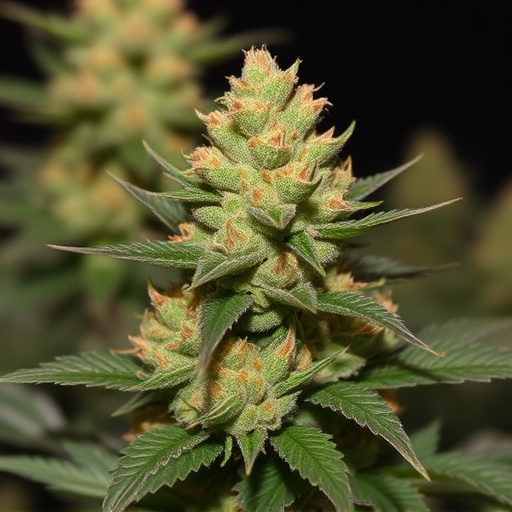
Cannabis enthusiasts and breeders alike understand that the final appearance of a strain is influenced by more than just its genetic makeup. Temperature plays a significant role in shaping the aesthetic qualities that contribute to the highly coveted Cannabis Cup awards. By manipulating environmental conditions, breeders can guide the expression of specific traits, resulting in diverse cannabis cup strains with unique visual characteristics.
Genetics set the foundation for these attributes, determining factors like resin production, leaf structure, and color development. However, temperature acts as a moderator, influencing how these genetic predispositions manifest. For instance, cooler temperatures can enhance resin production, leading to more sticky and viscous profiles often sought after in cannabis cup competitions. Conversely, warmer conditions may encourage faster growth, impacting the overall maturity of the plant and subsequently affecting the final visual appeal.
In conclusion, the visual diversity of cannabis cup strains is a fascinating interplay between genetics and environmental factors, particularly temperature. Understanding these influences allows cultivators to optimize conditions for desired aesthetic outcomes, enhancing the overall cannabis experience. By recognizing how genetics contribute to unique traits and how temperature manipulates growth and harvest, we can fully appreciate the intricate relationship shaping the captivating world of cannabis cup strains.

